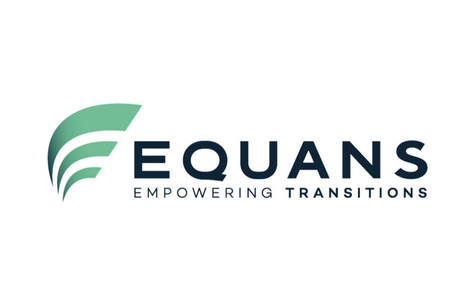Strategic outsourcing of technical maintenance tasks
What are our core tasks and what can we better outsource? How do we organise this in a professional manner? Many asset owners ask themselves these questions. Outsourcing is one thing, but you also have to make sure that it adds value to your business.
Strategic outsourcing is more than hiring an outside firm to carry out a number of maintenance tasks.
The first step is to determine what you want to outsource (and what not). In addition to determining the right strategy for outsourcing maintenance, it is crucial to select the right partner. As an asset owner, it is important to clearly define your expectations.
Finally, you learn to define the right contract form in function of the importance of the installations and tasks, but also in function of the maturity of the (potential) external partners. This is an important basis for working on a sustainable cooperation with a "win-win" for all parties.
During this training you will get an answer to the following questions, among others:
- How do you draw up an outsourcing strategy in function of the needs of your organisation?
- What is the role of criticality of the assets in outsourcing?
- What are the different contract types?
- How do you, as a customer, define the right contract type, the corresponding relevant requirements (such as honouring agreements, reducing costs, providing specific expertise, improving/realising performance, etc.) and the SLAs?
- How do you select the right partner (long list-short list) to make the cooperation a success (win-win)?
- What are the advantages and disadvantages of a structured outsourcing process?
- How do you prepare yourself as an asset owner for the start of the contract?
- How do you ensure correct follow-up and monitoring during the term of a (long-term) cooperation?
- What happens after the term of the contract? Opting for termination or renewal? What is the importance of condition measurement and data transfer?
Learning objectives
During this programme, you will learn:
- Determine what and how you want to outsource tasks (outsourcing strategy)
- Understand the types of maintenance contracts and the advantages and disadvantages of each type
- Establishing requirements according to the type of contract
- Establishing objective criteria for selecting a contractor and drawing up a corresponding longlist-shortlist
- Understanding the mechanisms in maintenance contracts in order to avoid common pitfalls and problems
- How to monitor and adjust contractors with performance indicators during the term of a contract
- How to implement a contract at start-up and how to terminate or renew a contract
- How to apply a structural tender methodology, including zooming in on benefits and pitfalls
- How to form a good tandem between maintenance and procurement when outsourcing maintenance
Programma
Day 1:
- Link between maintenance outsourcing and economic context.
- Determining the outsourcing strategy in function of the:
- criticality of the assets
- competence and capacity needs
- different levels with roles and responsibilities
- strategic choices: high end & low end activities and capacity needs
- Different types of contracts
- Effort contracts
- Time & Material contracts
- Unit Rate Contracts
- Performance contracts
- Result contracts
- How do secondment and temporary hires fit in?
- Characteristics of the various contracts (e.g. EPC, DBFM)
- Advantages and disadvantages of outsourcing per contract form
- Effort contracts
- Selection and evalution of contractors
- Description of requirements
- Evaluation criteria of contractors
- How to map maturity to compare contractors
- Drafting of longlist-shortlist
Day 2:
- Commonly used PIs and KPIs to monitor and adjust the performance of contractors and the proper functioning of the contract
- How to prepare your organisation internally?
- Implementing a contract within the organisation
- How to deal with external parties in your company and what to pay attention to
- Applying a structural tender process
- Draw up an agenda
- RFI phase
- RFQ phase
- Questionnaires
- Benefits and pitfalls
- Possible pitfalls in maintenance contracts
- Preparing transitions (ending an outsourcing - transferring to a new contractor)
Method
During the training we link theory to practical examples. Participants can bring in their own experiences or concrete questions about outsourcing as a starting point for the interactive exercises.

About the trainer
Ralf Schutters graduated in 2003 as Master in Industrial Engineering Electromechanics. In 2015, he obtained a postgraduate degree in business management at Hasselt University. After his studies, Ralf started working as a process operator at Exxon Mobile Chemicals. After this traineeship, he became a process engineer at Nexans. Here, he optimised processes with a view to cost savings. At ArcelorMittal, he became production & maintenance manager and gained a lot of TPM experience. Bitten by the maintenance business, he continued his career as maintenance manager at Sumitomo Bakelite and Smurfit Kappa Turnhout. Today, Ralf works as a managing consultant for Mainnovation and carries out interim maintenance manager and change projects. Furthermore, he guides a number of companies in the field of outsourcing maintenance services.






